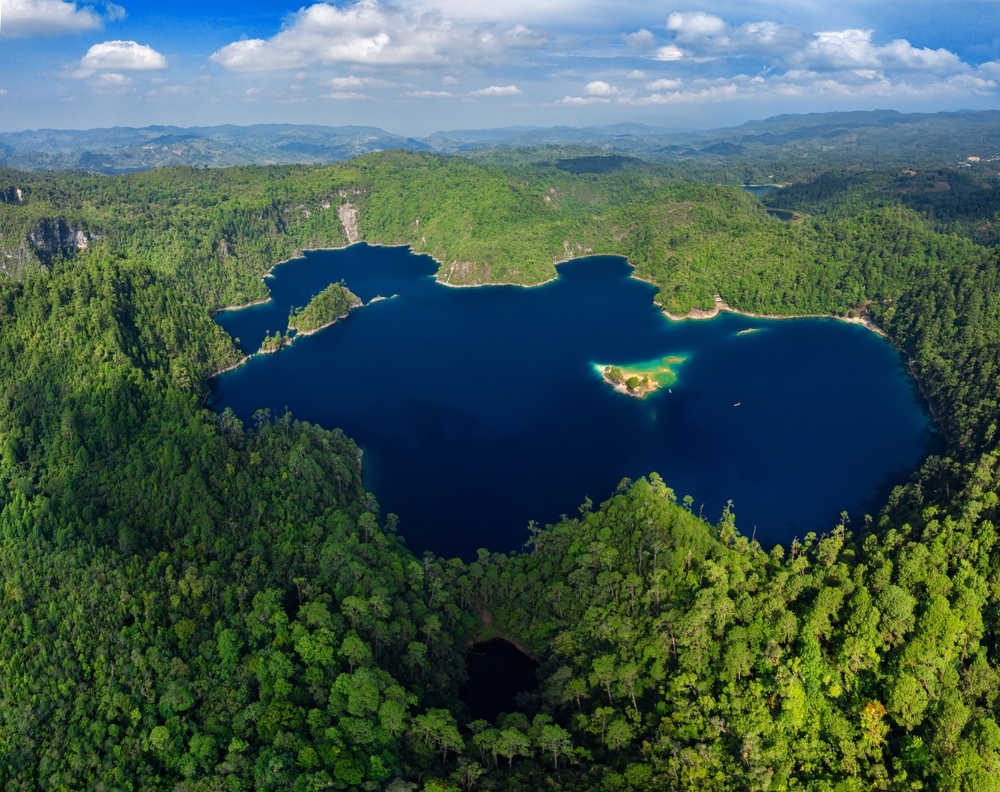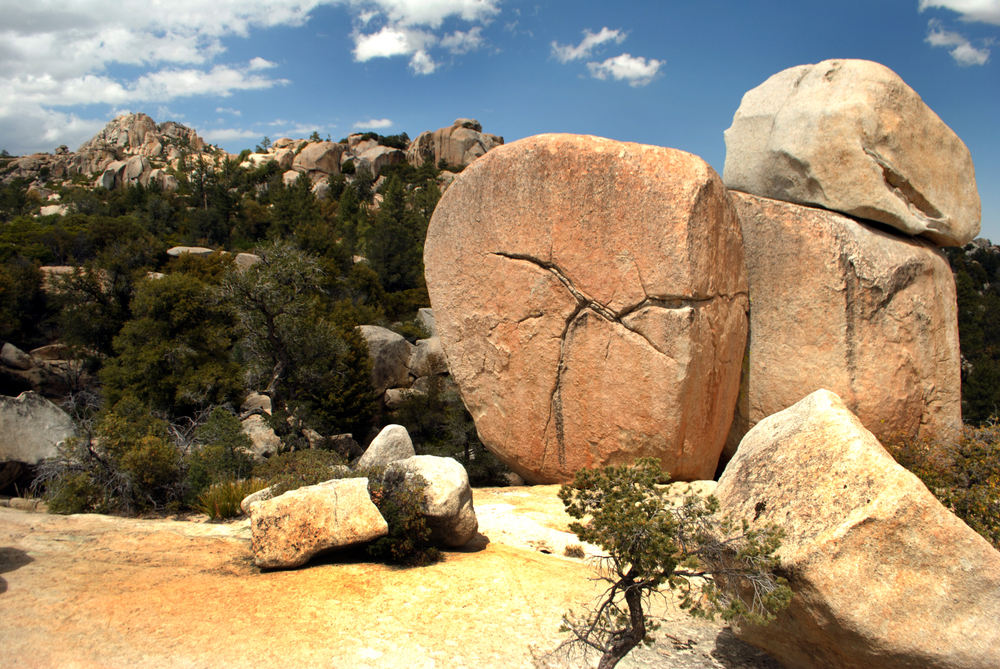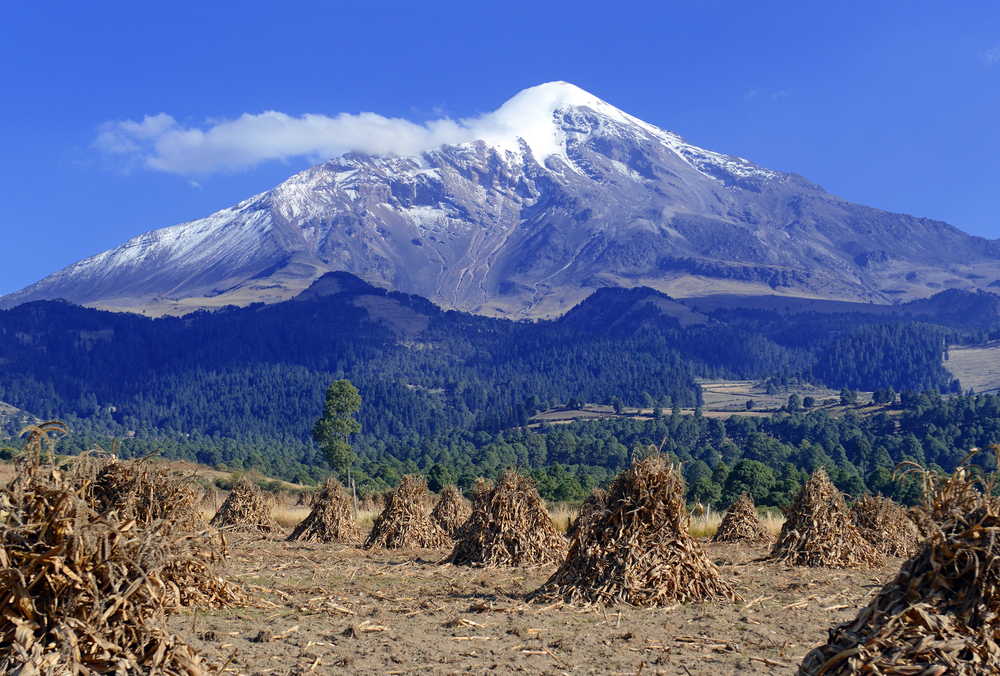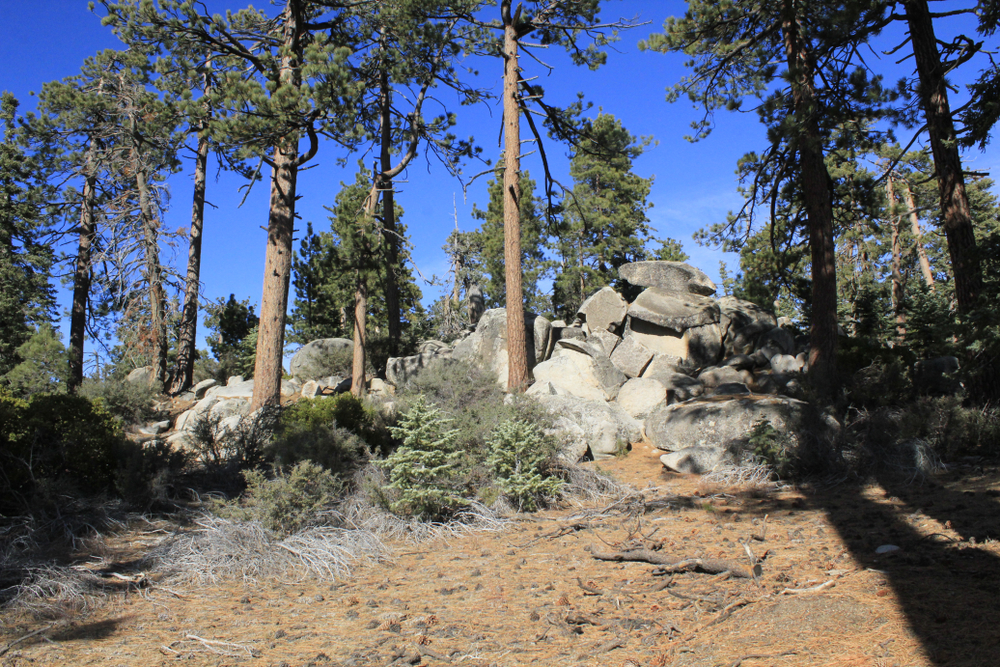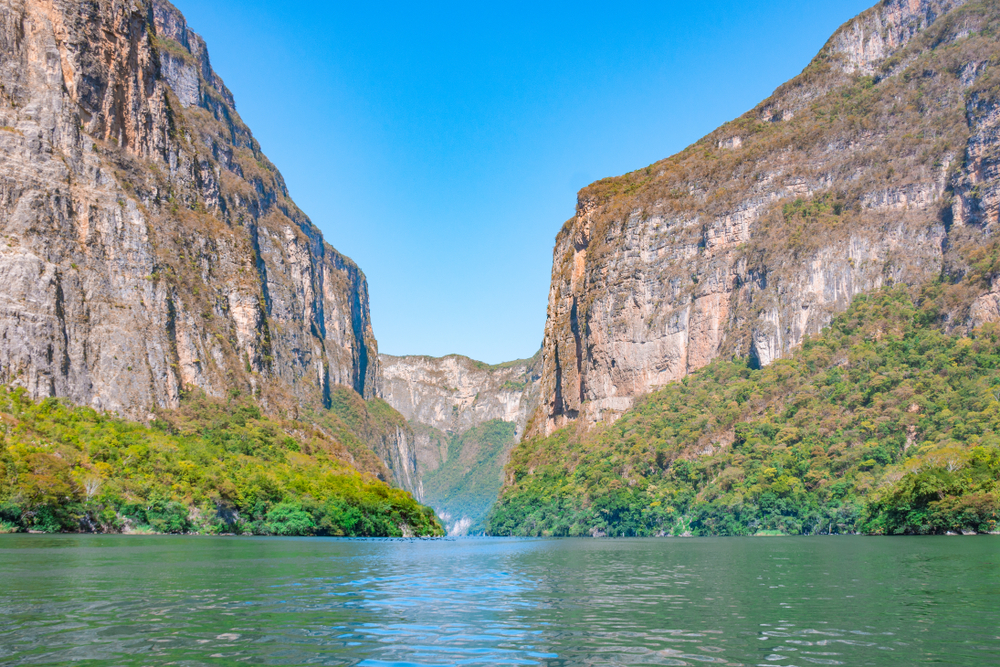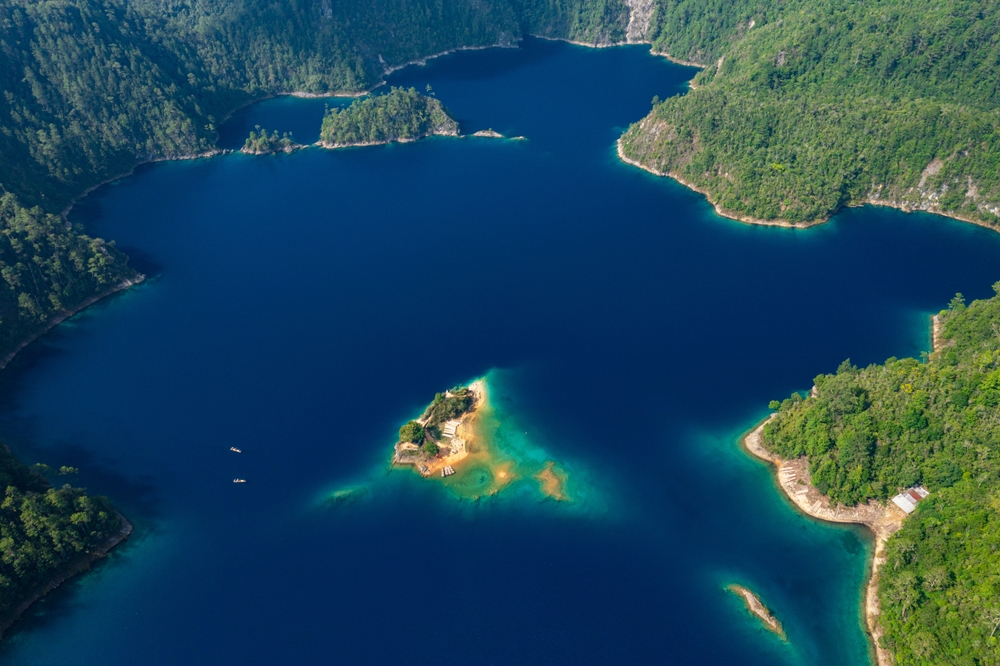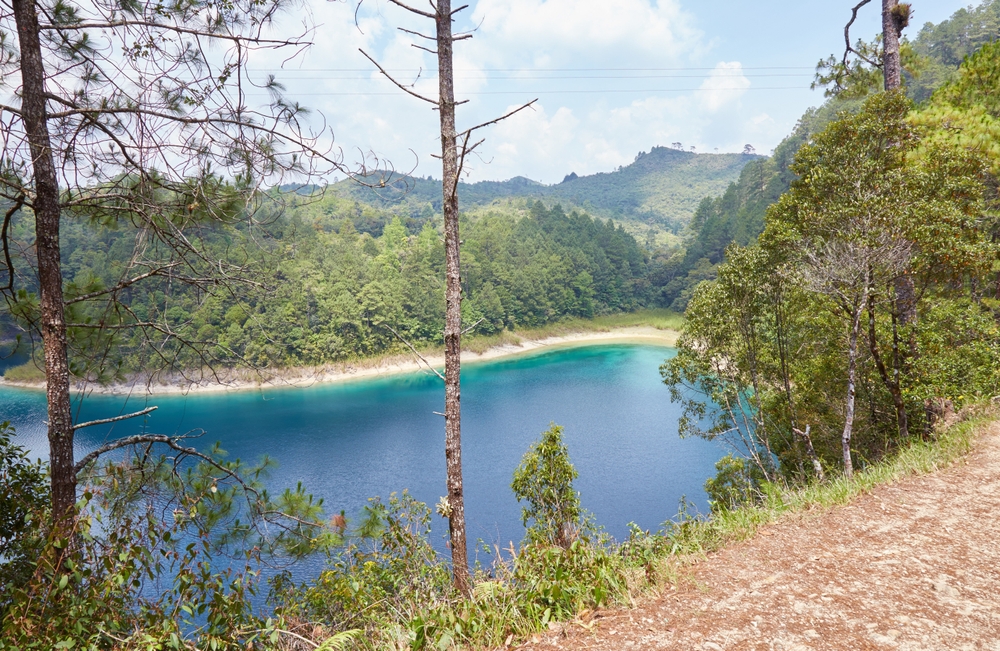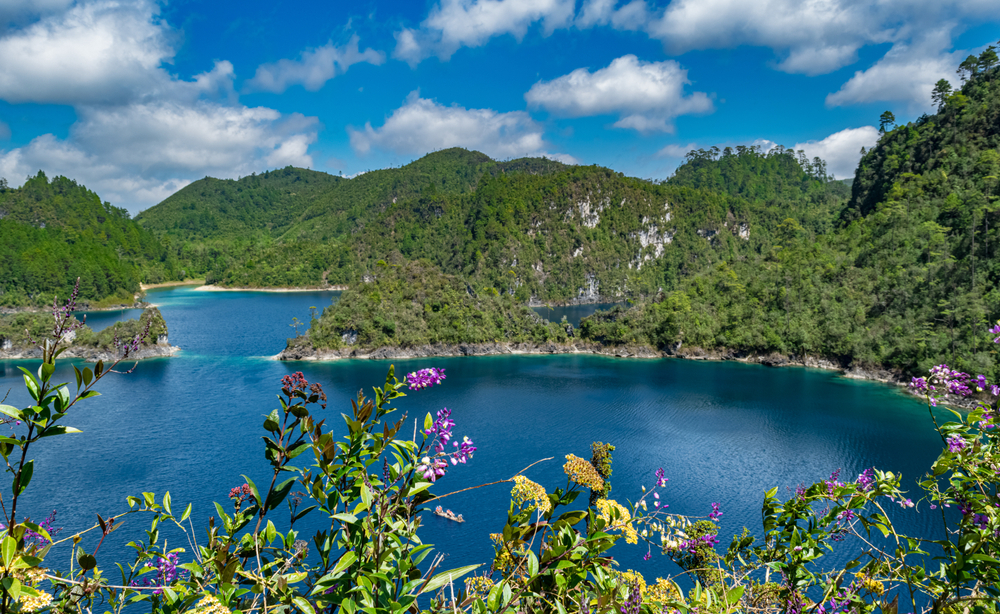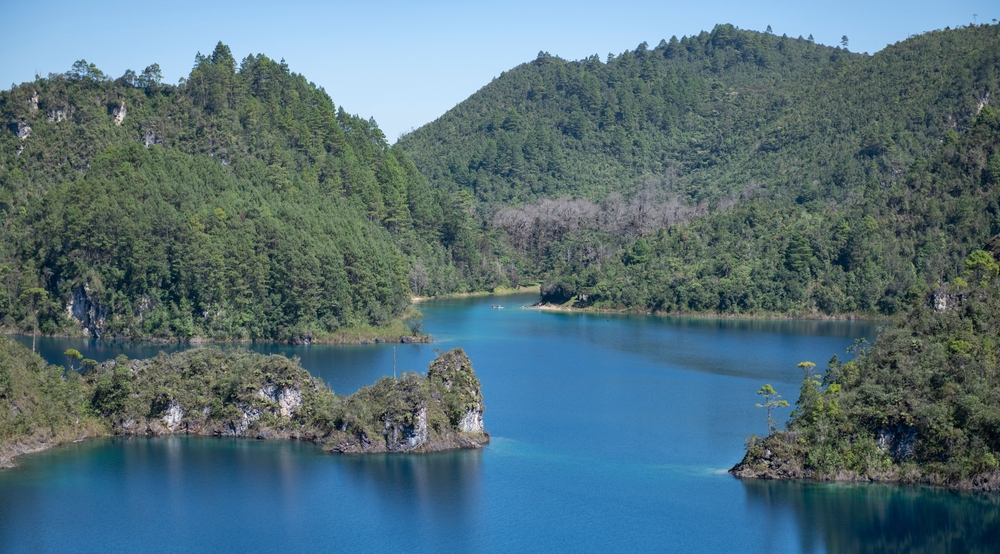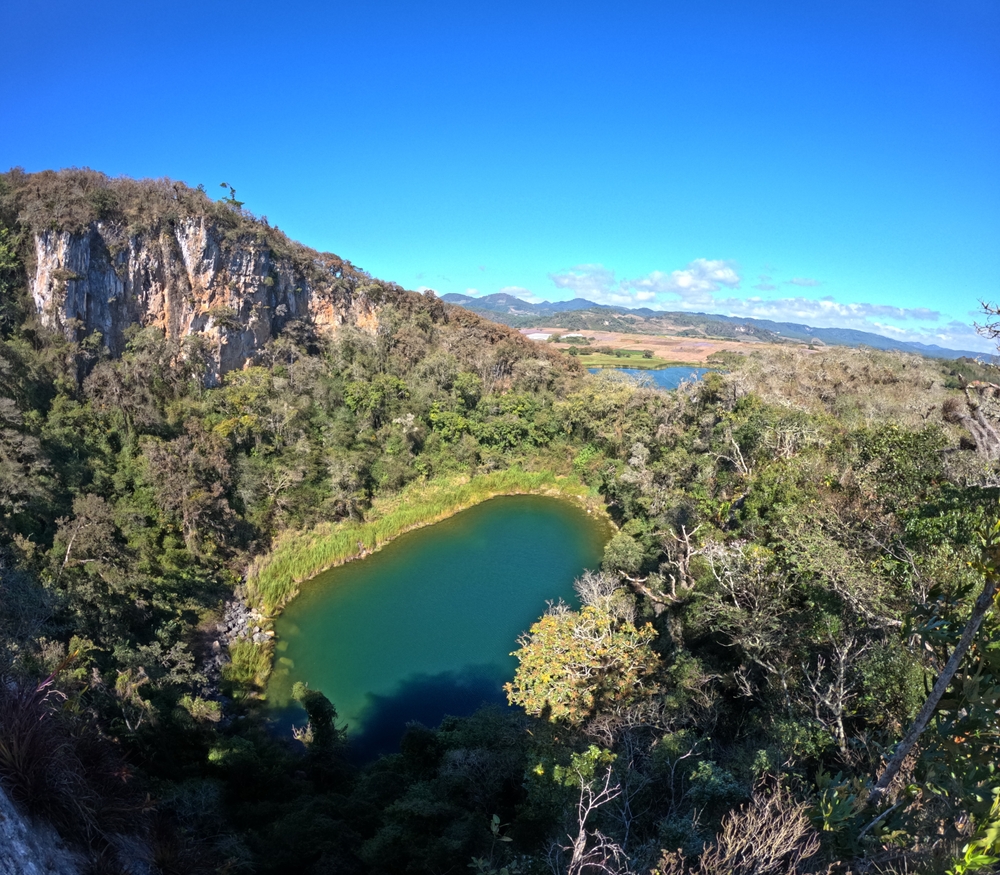Lagunas de Montebello Overview
Lagunas de Montebello National Park (in Spanish: Parque Nacional Lagunas de Montebello) is located in the southern state of Chiapas, Mexico, near the border with Guatemala. Established in 1959, the park spans approximately 23 square miles (around 60 square kilometers) and is renowned for its stunning collection of lakes, known for their strikingly clear waters and vibrant shades of blue, green, and turquoise.
The park’s landscape is characterized by rolling hills, dense forests, and limestone karst formations that contribute to the unique coloration of the lakes. There are over 50 lakes in the park, with the most famous being Tziscao, Pojoj, and Montebello, which vary in size and hue depending on the mineral content, sunlight, and depth of the water. The park’s karst topography also results in numerous sinkholes, caves, and underground rivers, adding to the geological diversity of the region.
The vegetation in Lagunas de Montebello National Park is lush and diverse, with a combination of pine, oak, and cypressforests that thrive in the cooler, high-altitude environment of the Chiapas Highlands. The forests provide habitats for a wide range of wildlife, including white-tailed deer, ocelots, raccoons, and armadillos. The park is also a haven for birdwatchers, as it is home to over 100 species of birds, including toucans, hawks, woodpeckers, and the striking quetzal.
The park offers several outdoor activities for visitors, including hiking, swimming, and canoeing. Trails wind through the forests, offering stunning views of the lakes, while visitors can explore caves and archeological ruins within the park. Lagunas de Montebello National Park is a UNESCO-recognized Biosphere Reserve and is considered one of the most beautiful natural attractions in Mexico, known for its tranquil lakes, vibrant landscapes, and rich biodiversity.
Park Map
Lagunas de Montebello National Park Highlights
Engaging Lagunes de montebello
Sources
- All Trails, Best Trails in Lagunas de Montebello, https://www.alltrails.com/ar/parks/mexico/chiapas/parque-nacional-lagunas-de-montebello, retrieved August 2024.
- Mexperience, Lakes of Montebello, https://www.mexperience.com/travel/outdoors/lakes-of-montebello/, retrieved August 2024.
- Moon Travel Guides, Parque Nacional Lagunas de Montebello in Eastern Chiapas, https://www.moon.com/travel/trip-ideas/parque-nacional-lagunas-de-montebello-in-eastern-chiapas/, retrieved August 2024.
- Planeta, Lagunas de Montebello, https://www.planeta.com/lagunas-de-montebello/, retrieved August 2024.
- Voyage Mexique, Montebello Lakes: The Ultimate Guide, https://www.voyagemexique.info/en/montebello-lakes/, retrieved August 2024.
- Wikipedia, Lagunas de Montebello National Park, https://en.wikipedia.org/wiki/Lagunas_de_Montebello_National_Park, retrieved August 2024.








































































